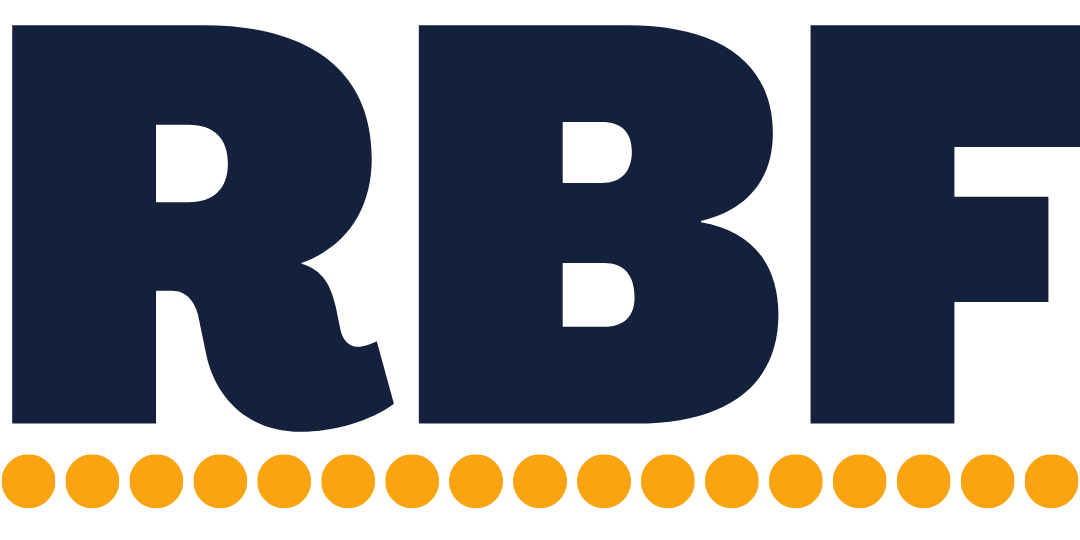Reader question: “I raised my prices and a few of my clients are upset. How do I fix this?”
Raising your prices is one of the most common bits of internet small business wisdom. The general idea is that you’re almost always undercharging because people are bad at determining their own value and, even if you lose a few clients, the increased billings will make up for it. And, to a certain extent, that’s true. Most of our pricing isss too low to begin with and, even if it isn’t, we need to keep up with inflation, so we should regularly raise our prices. (Although, the typical ‘if you lose 20% of your clients but you charge 20% more, you’ll come out ahead’ wisdom isn’t exactly mathematically accurate. You still need to replace the missing 20% of clients.)
But, everyone casually leaves out what happens when you actually dooo raise prices and how it never goes as smoothly as it’s made out to be. The transition will inevitably be a little bumpy. Some clients will get annoyed, some will leave, and there will be a bit of a mess to clean up. But, with a little bit of preparation, you’ll be alright. And, even if there’s a few short-term hiccups, it’ll almost always be worth it in the long-term, once you replace older clients with new higher-priced clients. Just know that the real payoff may be 6 months down the line.
Warning clients: There’s some debate about whether you should warn clients that you’re raising prices. In my opinion, preemptively warning clients that you’ll be raising prices is a better client experience than surprising them with it (and, we’re trying to deliver amazing client experiences, right?), so you should always warn them. If possible, give them 2-4 weeks’ notice and definitely let them know before taking on a new project, a busy season starts, or you blanket increase your hourly rate. If you take your clients thru a formal re-engagement and negotiation process, you can usually wait to notify them when you re-engage. (Obviously, don’t raise fees mid-project or during a contractual period.)
Explaining why: No one wants to hear that you’re raising prices “just because.” Obviously don’t lie, but have good reasons. For example, you’ve earned new certificates, keeping pace with inflation, expenses have gone up, you’ve had to bring on more employees and increased your overhead, you’re investing in better software to better serve your clients, increased project scope, etc.
Don’t backtrack: It’s okay if a few clients get upset by your new prices. You can’t always please everyone. And, at the end of the day, you’re a business, you’re putting out quality client work, you had good reasons for raising your prices as much as you did, and your decisions are final. That said, you can always negotiate a middle-ground rate with clients, if they make concessions. For example, if you’re increasing your rate from $50/hr to $75/hr with net14 terms, you could compromise on $60/hr with an upfront evergreen retainer.
Replacing clients: Unless your prices are genuinely too low, you’ll probably lose a few clients and you should be prepared to replace them (because you don’t want to accidentally fall into a position where you don’t have enough incoming revenue to support your business). That means having a solid marketing plan that works and leads in the pipeline. If you don’t, start preemptively warming up and prospecting before raising prices. That means touching base with referral partners, preparing ad creative, etc.
Be ready to disengage: A few clients will get upset and want to leave. Be ready to disengage. Make sure they’ve paid all their invoices, you’ve handed over all deliverables, you’ve covered all your bases (from a legal and industry compliance perspective), and you know what you want to say when they get upset. Don’t get caught off guard. Have a simple message prepared. For example – “I’m obviously sorry to hear that. Here’s some other more affordable options/freelancers. Here are all your final deliverables. It’s been a pleasure doing business. Don’t hesitate to reach out in the future if you ever need help again.”
Action Item: Plan how you’re going to raise your prices.
